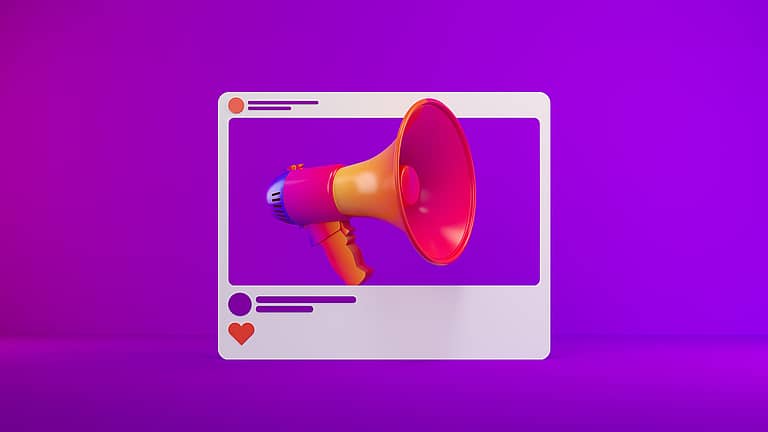Elsewhere in this magazine you’ll find reports on the construction economy, which shows moderate growth for 2017.
Contractors seem optimistic, but the kinds of projects are shifting. There’s more work in cities. Medical facilities are downsizing, and retailers have their eyes on city centers and suburban transit hubs.
“Contractors who are able to pivot will get plenty off business,” says Ken Simonson, chief economist for the Associated General Contractors of America.
Let’s look at the opportunities.
Apartments Displace Dorms
Construction in the educational segment was hammered by the Great Recession. But it came back, and growth in 2017 looks good. Beyond 2017, the demographics present challenges. Enrollment in higher education, for example, “dropped off sharply from 2012 to 2016,” Simonson says. “We’ll see less demand for new college and university dormitory buildings,” he adds.
But even though state legislatures have slashed the budgets for many state university projects, a new niche has appeared: the student-focused, private, off-campus apartment. Yes, your opportunity is to wean off university dormitory authorities and start wooing the private, multifamily investor market. The latter probably has projects near your favorite college campus.
Offices Dominate the Cityscapes
Office construction has been extraordinary. It was up 18 percent in 2015, up 22 percent for the first eight months of 2016 and is expected to be big in 2017. Huge office projects are underway in New York, Chicago and Los Angeles, Simonson says.
“Even secondary cities like Cincinnati and Milwaukee are attracting new [office] investment,” he notes.
However, most office buildings are being built in cities, few in suburban office parks. There are lots of new downtown projects, older downtown buildings being rehabbed and new downtown structures being integrated with existing structures.
In the suburbs, developers are putting mini communities together—placing offices, townhouses, restaurants, shops, hotels and entertainment all within walking distance of each other. Simonson says this kind of urban-like suburban center works best near major transit lines.
People—young and old—basically want to live an urban lifestyle. They’re happy with less living space, want access to public transit, need fewer cars (if any cars) and crave nearby experiences, such as great dining. What that says for retail construction is smaller stores built into mixed-use office and multifamily developments—few stand-alone stores, few big boxes and hardly any strip malls. People will buy less because they have less space to fill in their urban residences.
Medical Facilities Simplify
The health care industry is going through a period of consolidation. Hospitals are merging. Some older hospitals are closing. Health care organizations have been investing in equipment more than in new structures—until now.
With the Patient Protection and Affordable Care Act in place, health care organizations can switch their capital investment over to upgrading their facilities, and Simonson sees more of them doing just that. The caveat is that new hospital designs tend to feature fewer patient beds, more diagnostic equipment and less overall square footage.
“It’s not the giant medical complex anymore,” Simonson says. “Medical is becoming more dispersed.”
The trend in health care is to admit fewer patients and to discharge patients more quickly, so hospitals no longer need to be mega centers. So, look for more stand-alone urgent care centers and more outpatient surgical centers. Your opportunity is to tout your capabilities in working on mid-size structures.
Follow the (Private) Money
Overall, wall and ceiling firms can expect a decent 2017. But, Simonson says that most of your business will come from private-sector projects.
“I keep seeing reports of state budgets reporting lower tax revenues than had been projected, so we may see another round of cutbacks in state construction spending,” Simonson says. “But the private sector looks quite healthy.”
So, there you have it—a few stand-out market niches. Of course, you need to study your marketplace, but it’s always a good idea to focus your efforts. Have a good 2017.
Mark L. Johnson writes regularly about the economy. He tweets at @markjohnsoncomm and connects at linkedin.com/in/markjohnsoncommunications.



